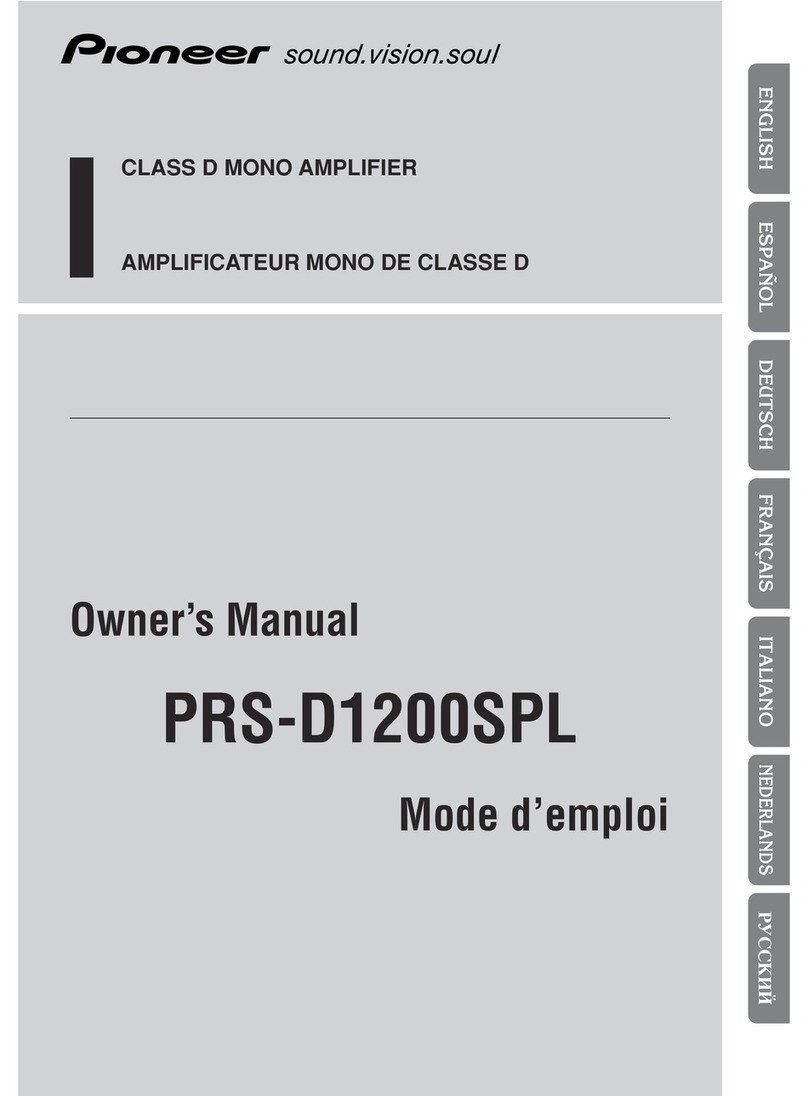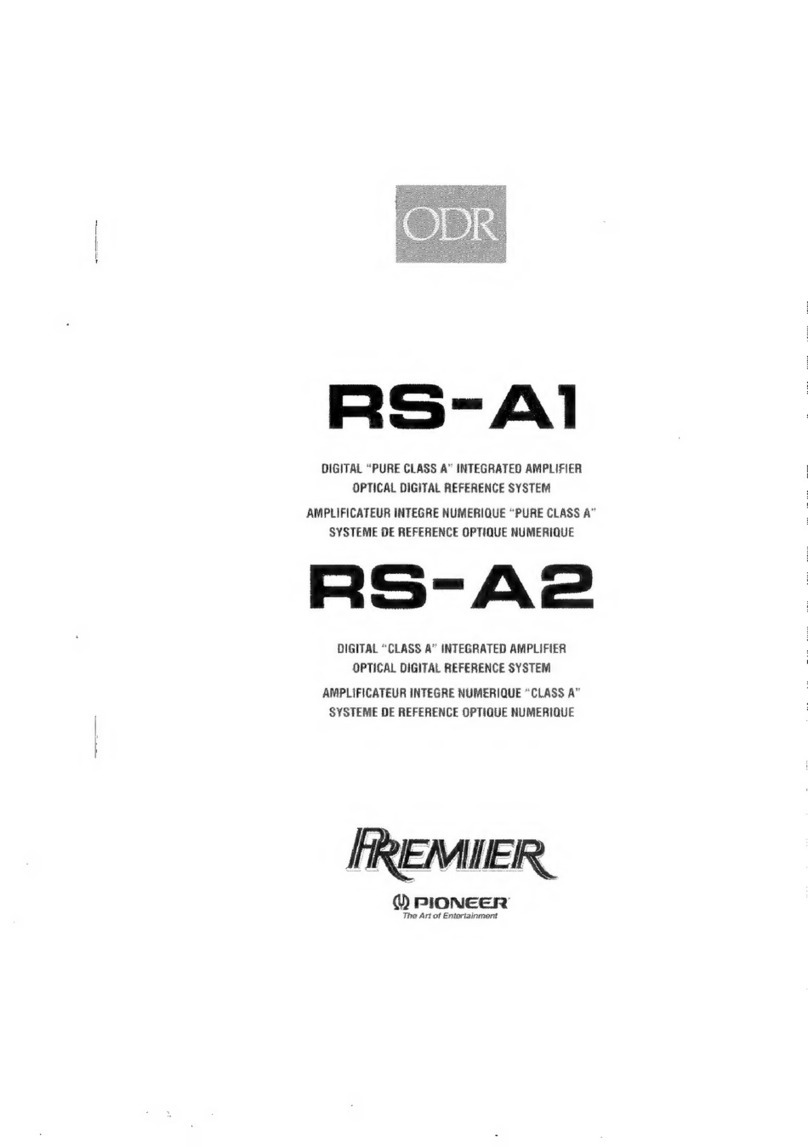Pioneer A-66X User manual
Other Pioneer Amplifier manuals

Pioneer
Pioneer PRS-D800 User manual
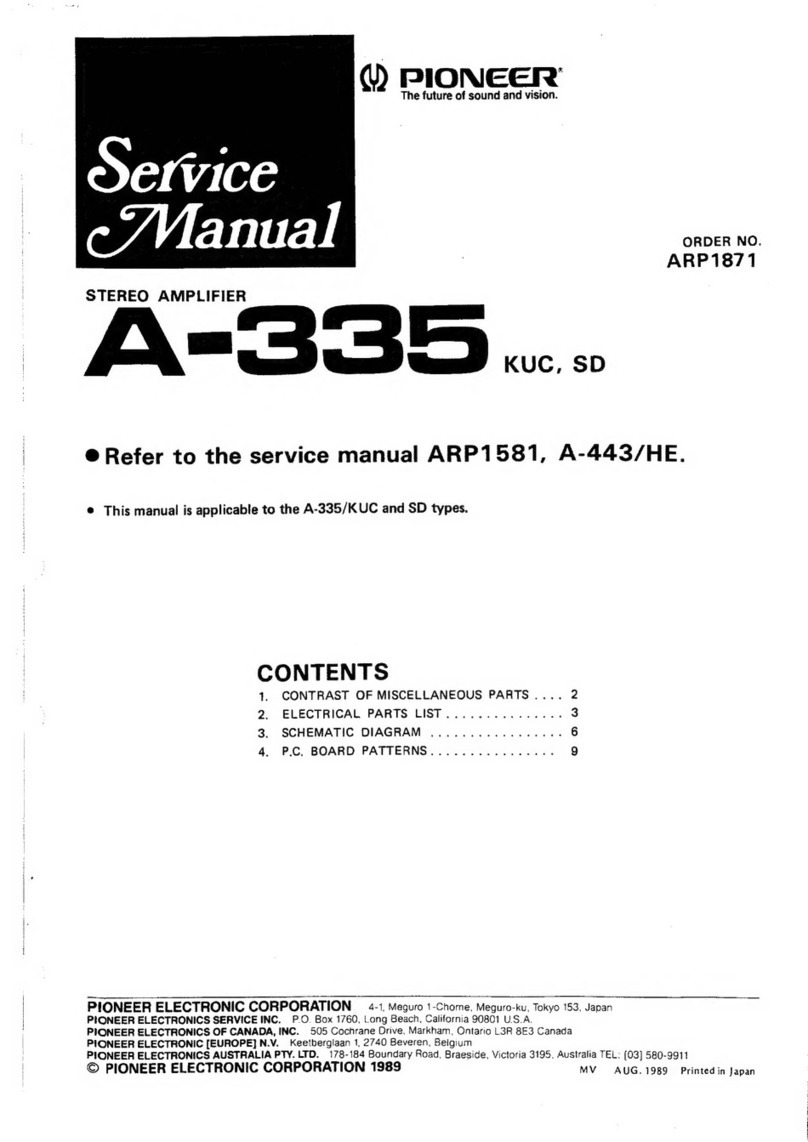
Pioneer
Pioneer A-335 User manual

Pioneer
Pioneer GM-D510M/X1R/EW User manual
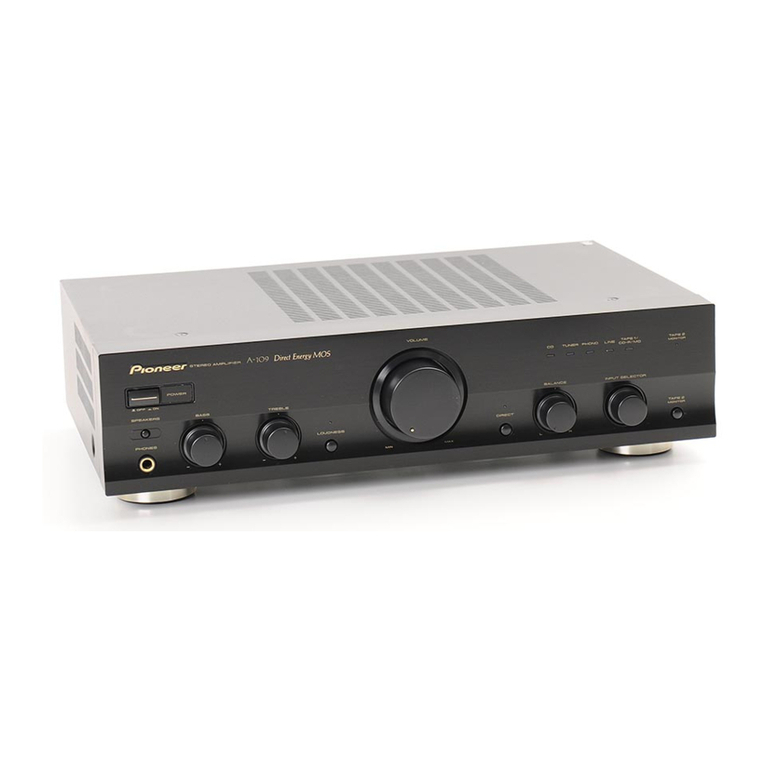
Pioneer
Pioneer A-109 User manual
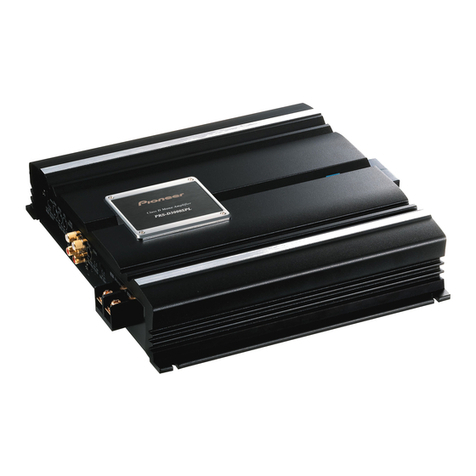
Pioneer
Pioneer PRS-D3000SPL User manual
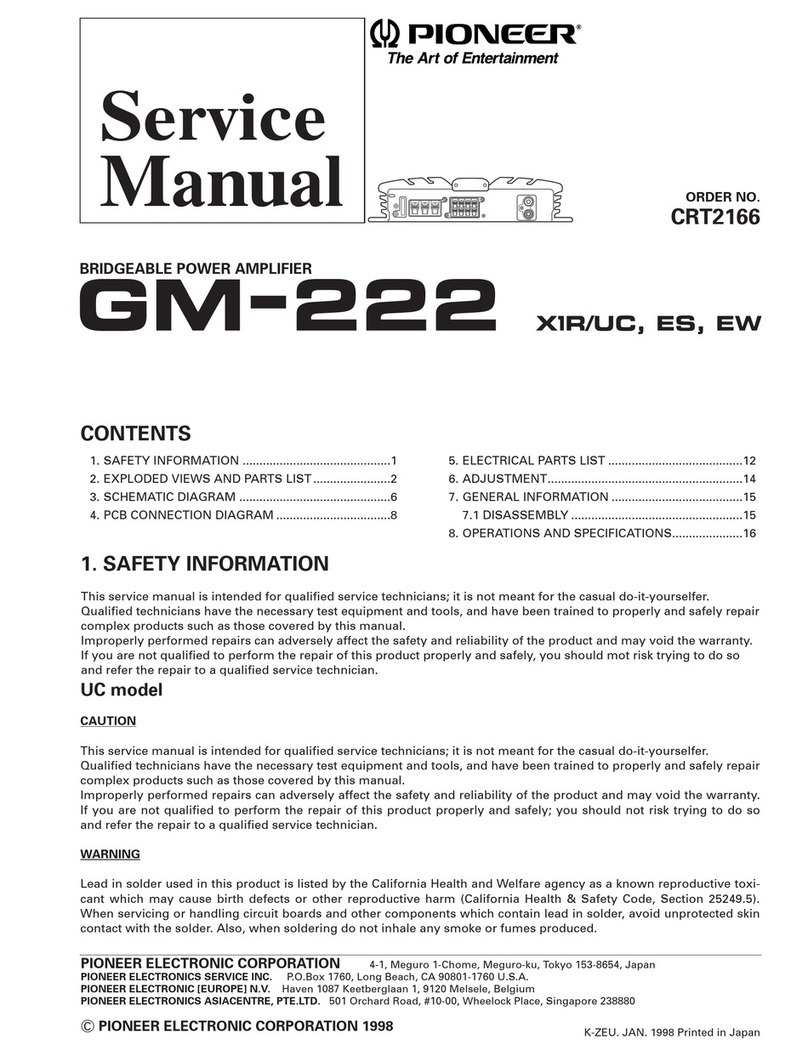
Pioneer
Pioneer GM-222 User manual
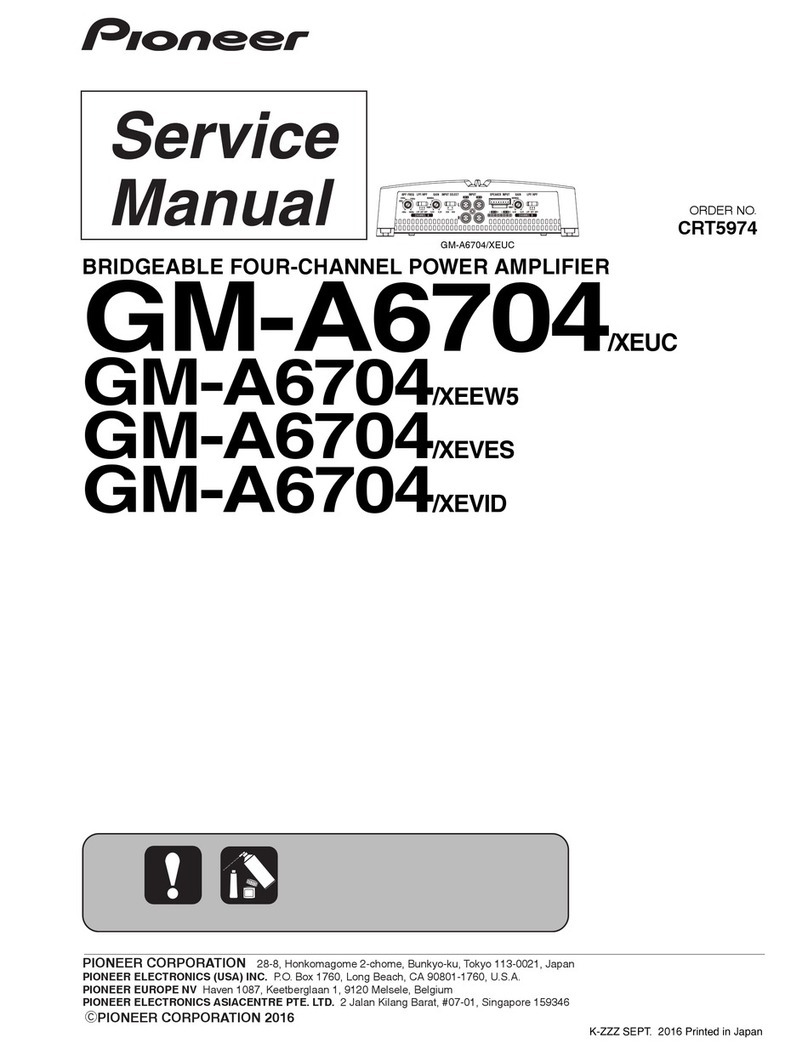
Pioneer
Pioneer GM-A6704/XEUC User manual

Pioneer
Pioneer A-400X User manual
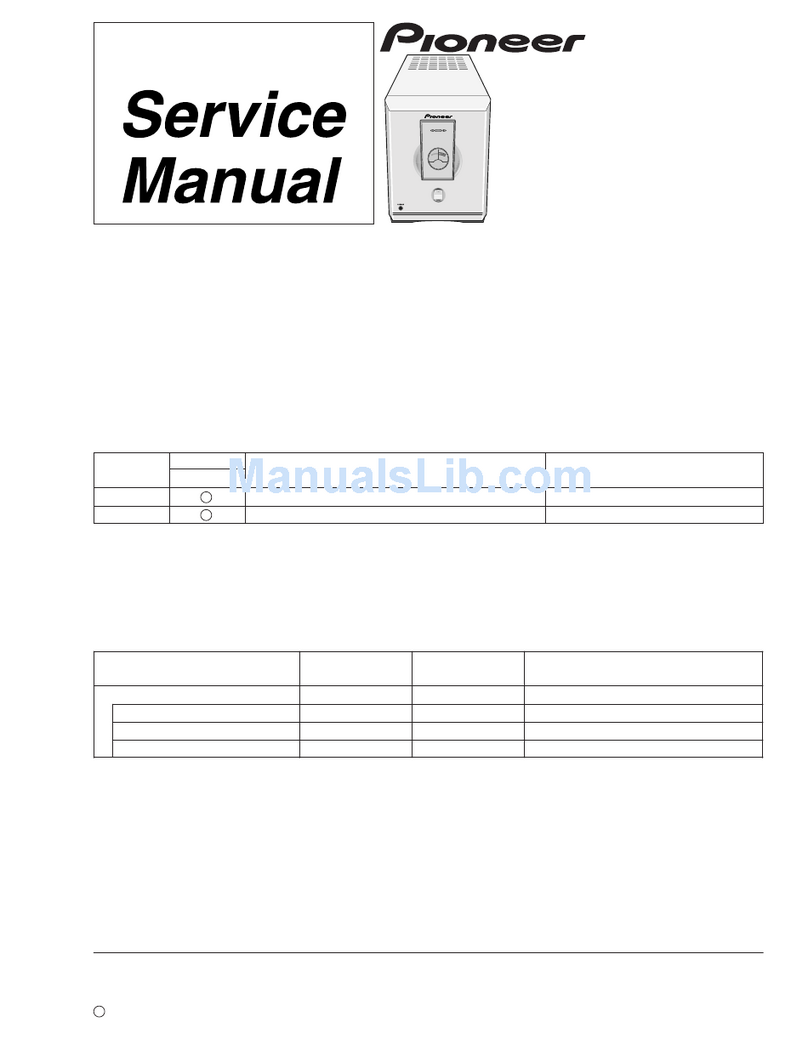
Pioneer
Pioneer M-LA21 User manual
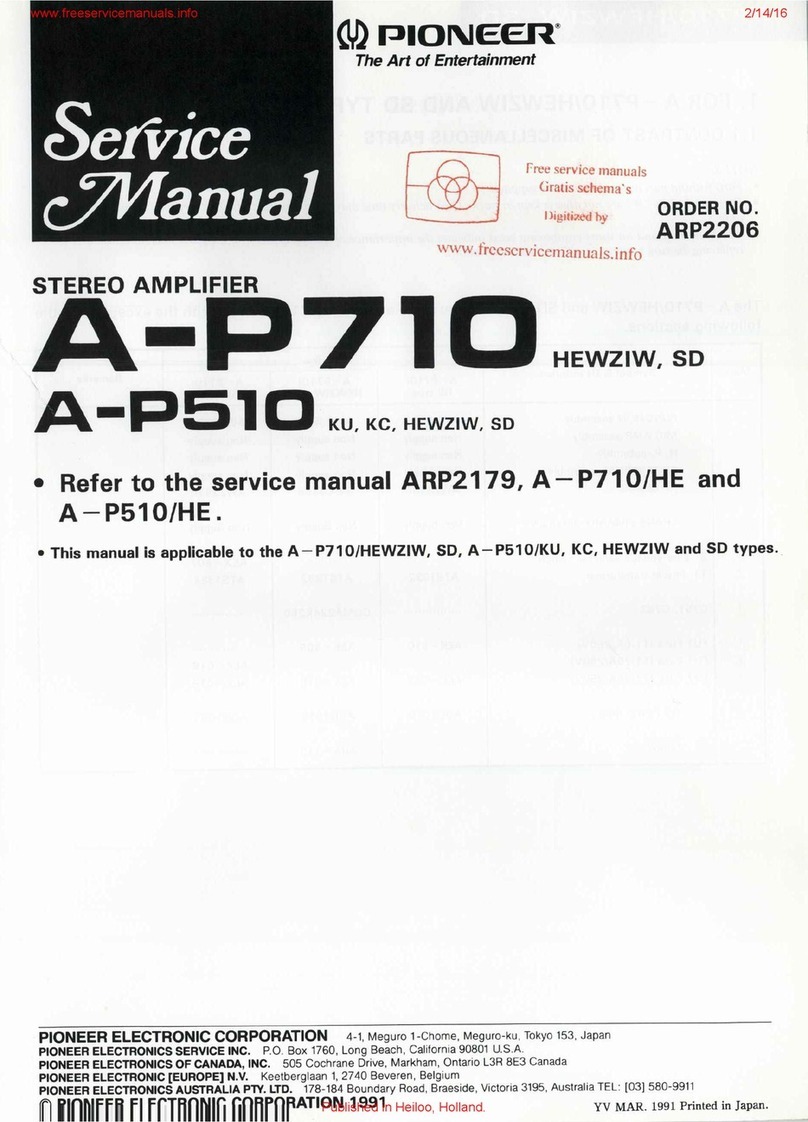
Pioneer
Pioneer A-P710 User manual

Pioneer
Pioneer AVM-P7000R User manual
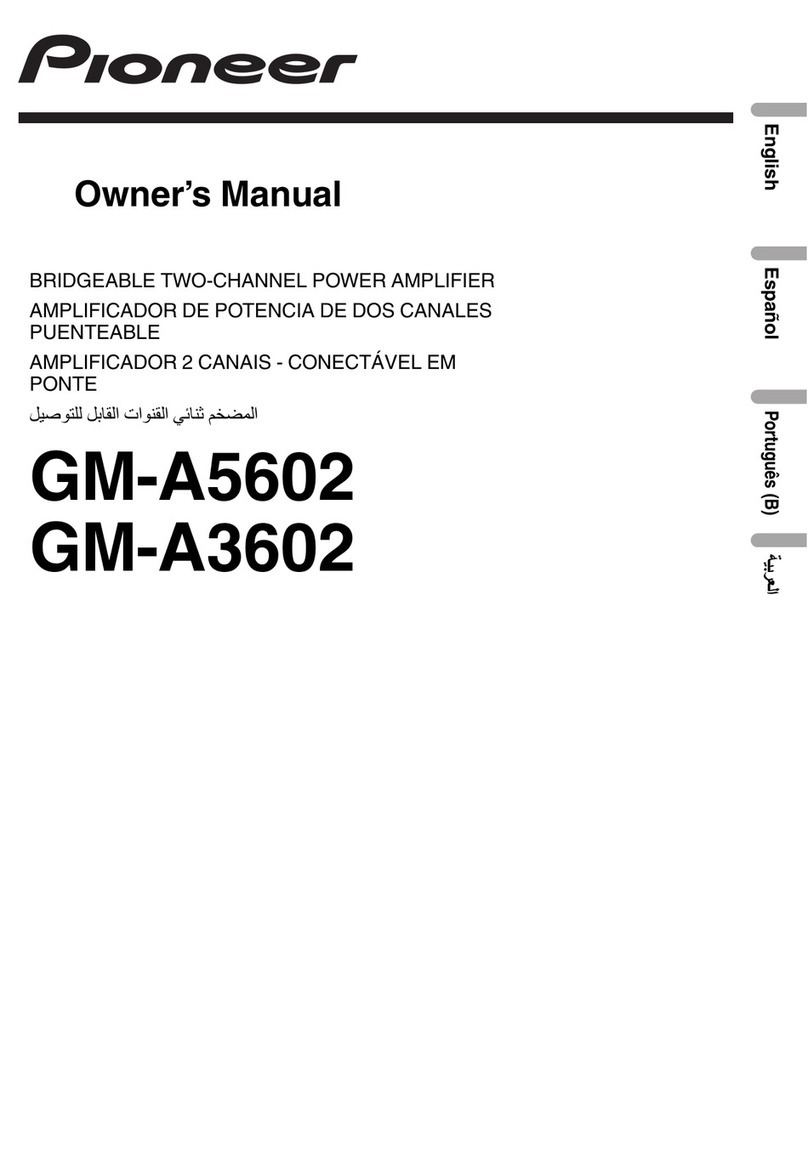
Pioneer
Pioneer GM-A5602 User manual
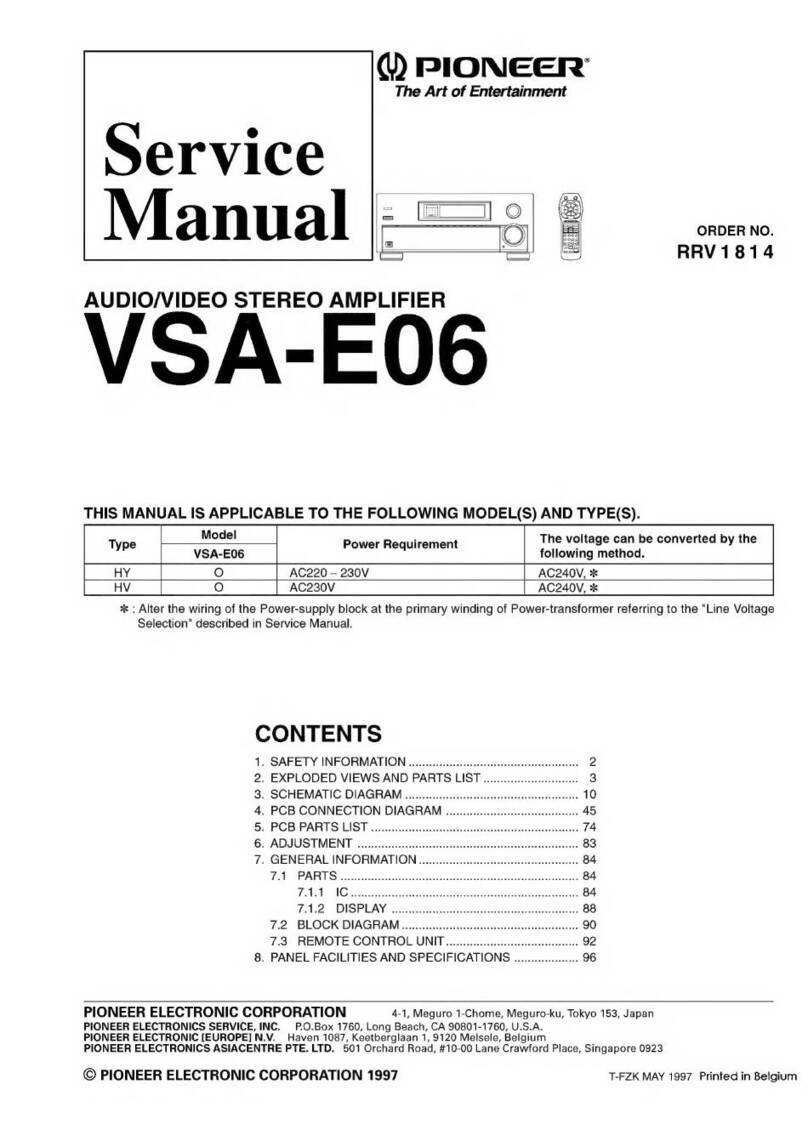
Pioneer
Pioneer VSA-E06 User manual
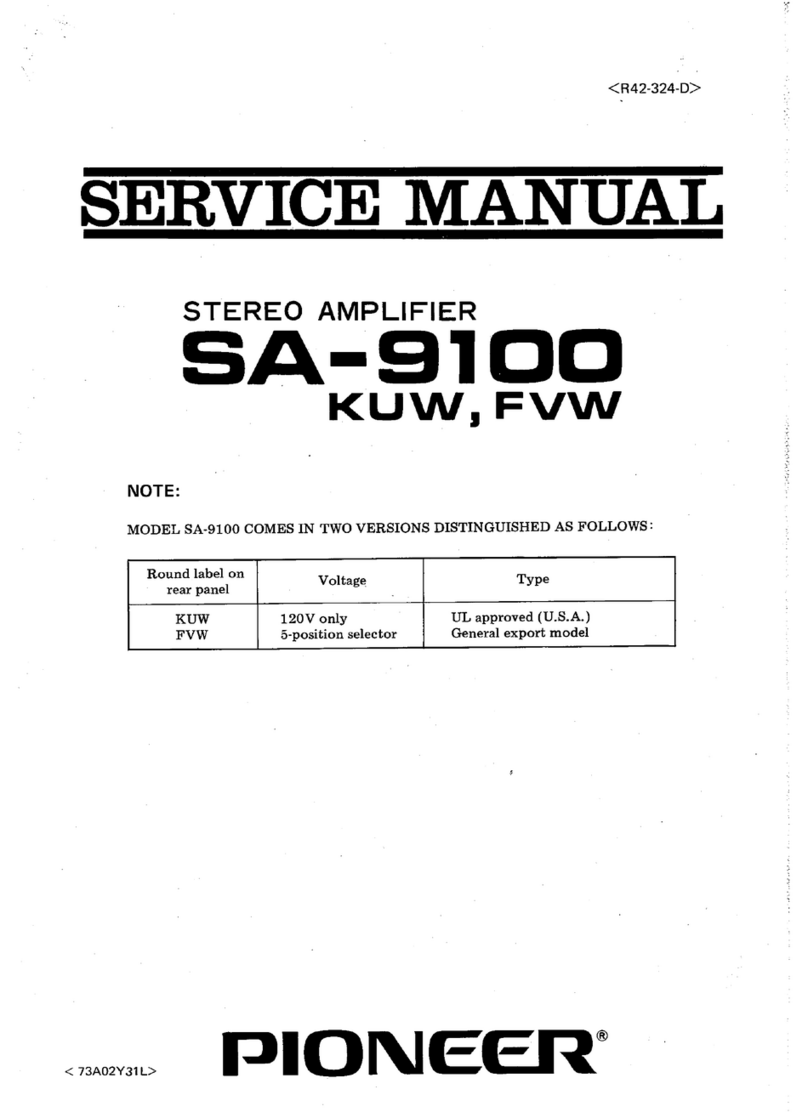
Pioneer
Pioneer SA-9100 User manual

Pioneer
Pioneer RRV2397 User manual
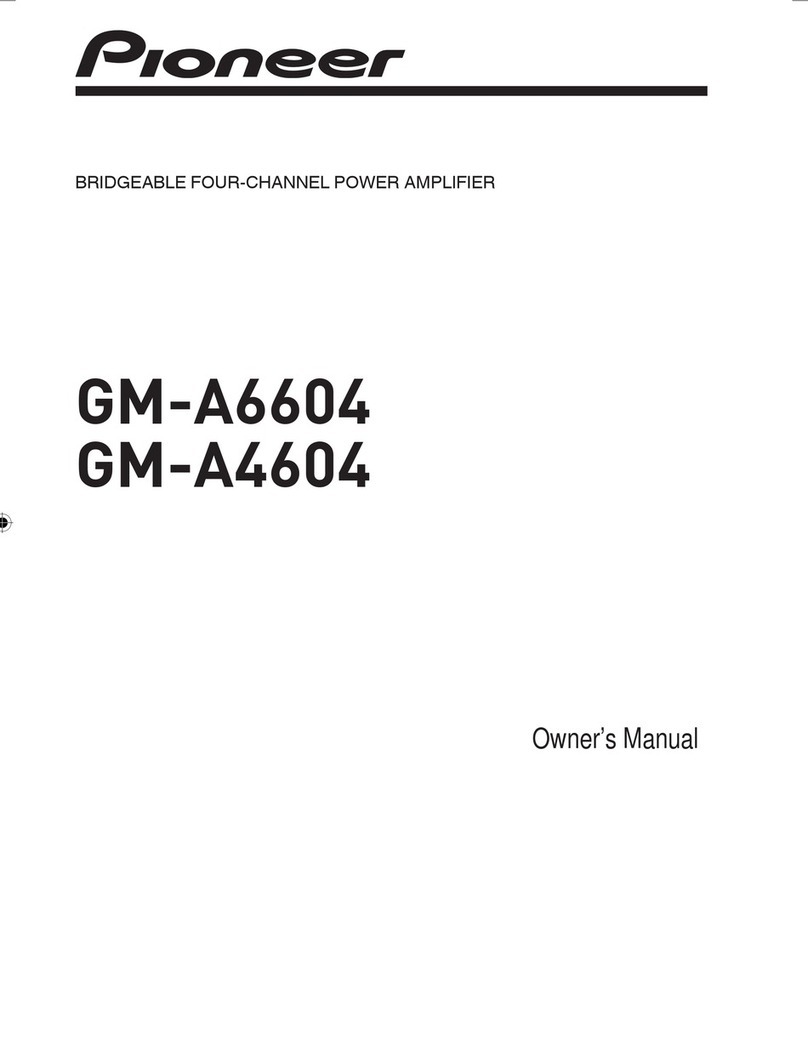
Pioneer
Pioneer GM-A6604 User manual
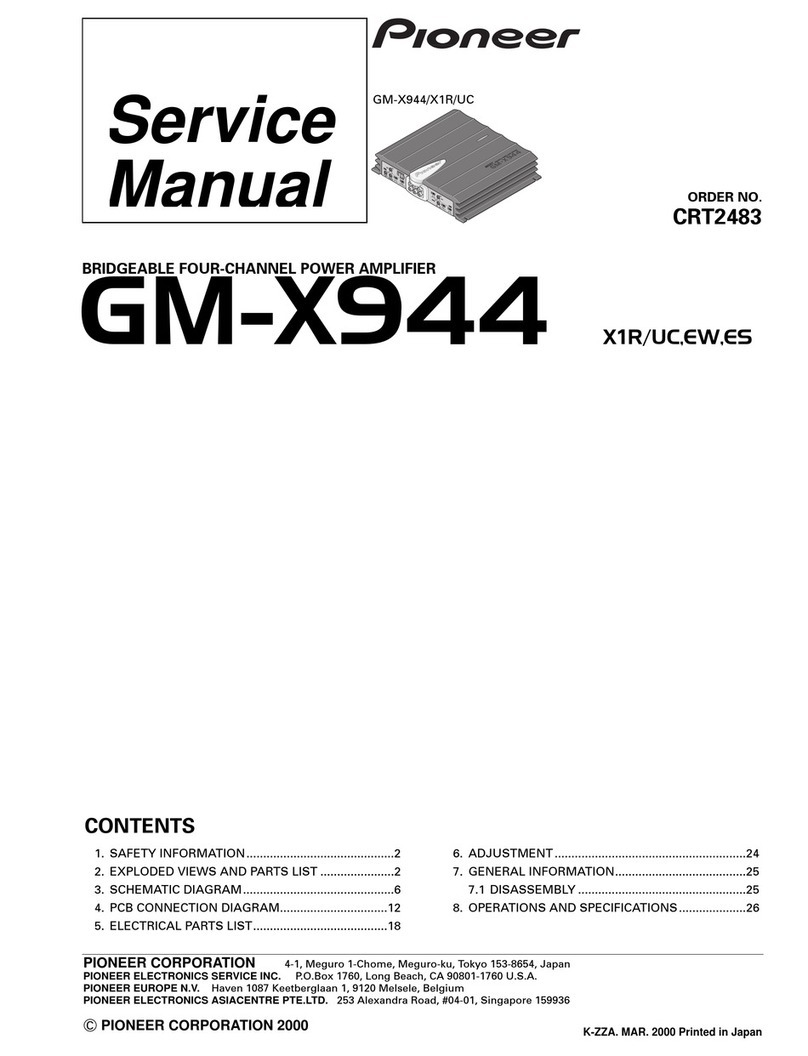
Pioneer
Pioneer GM-X944 User manual
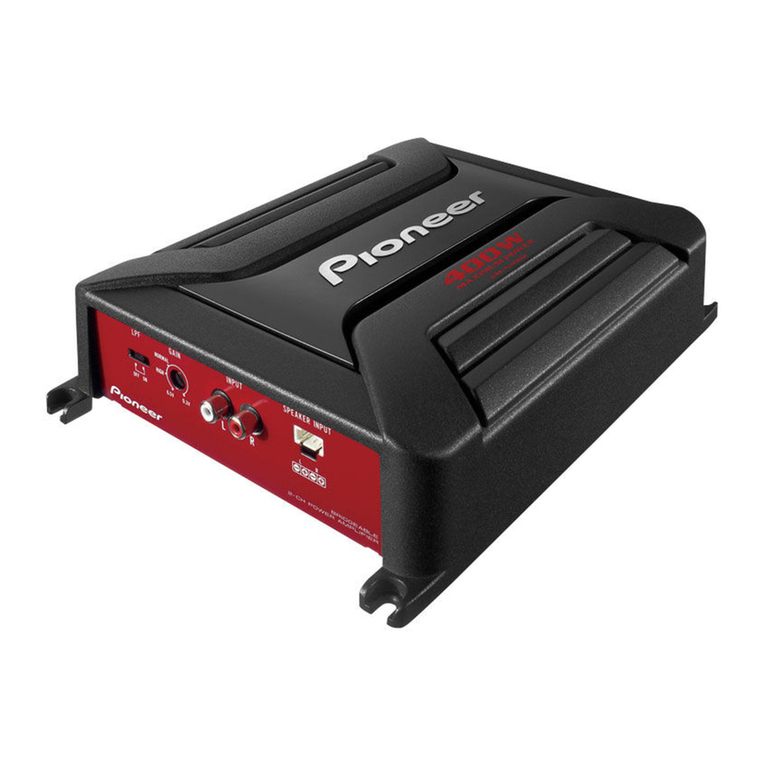
Pioneer
Pioneer GM-A5602 User manual
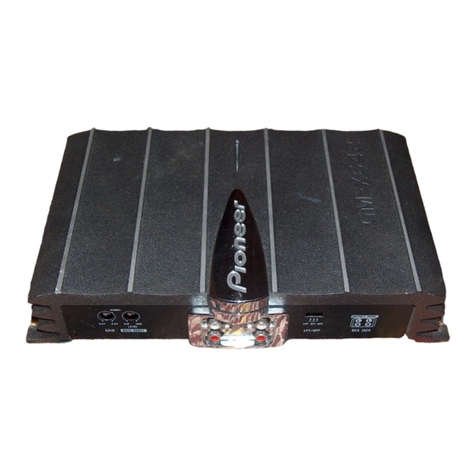
Pioneer
Pioneer GM-X642 User manual
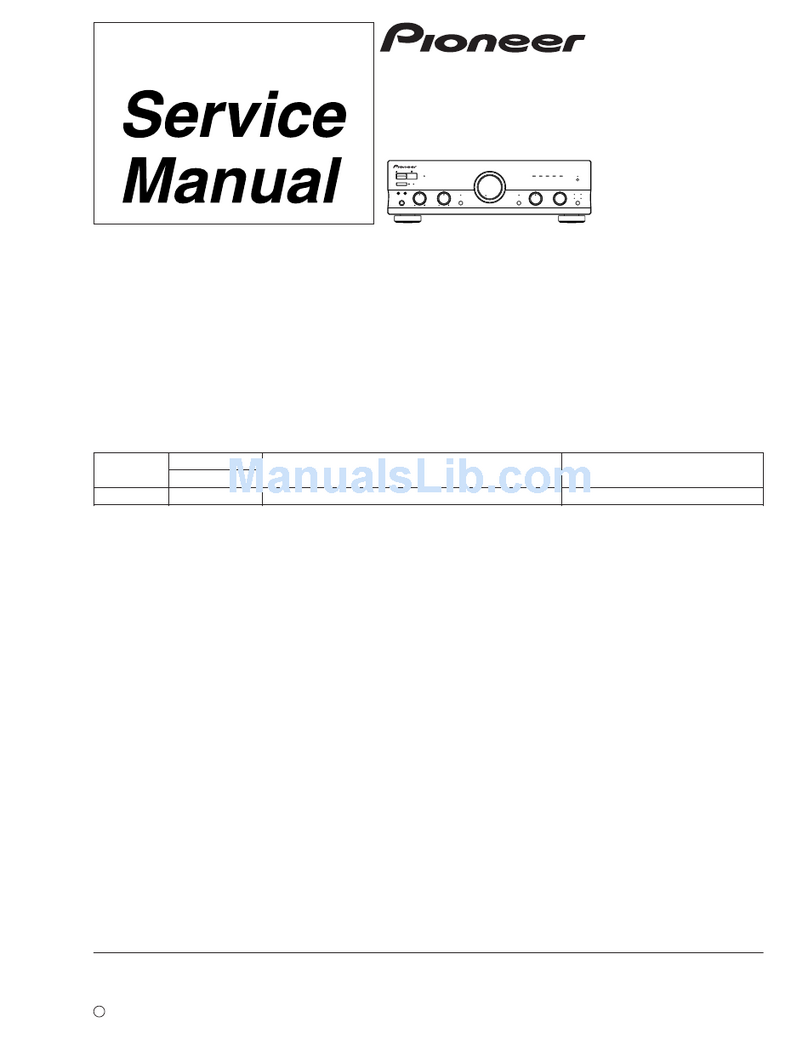
Pioneer
Pioneer A-509R User manual

